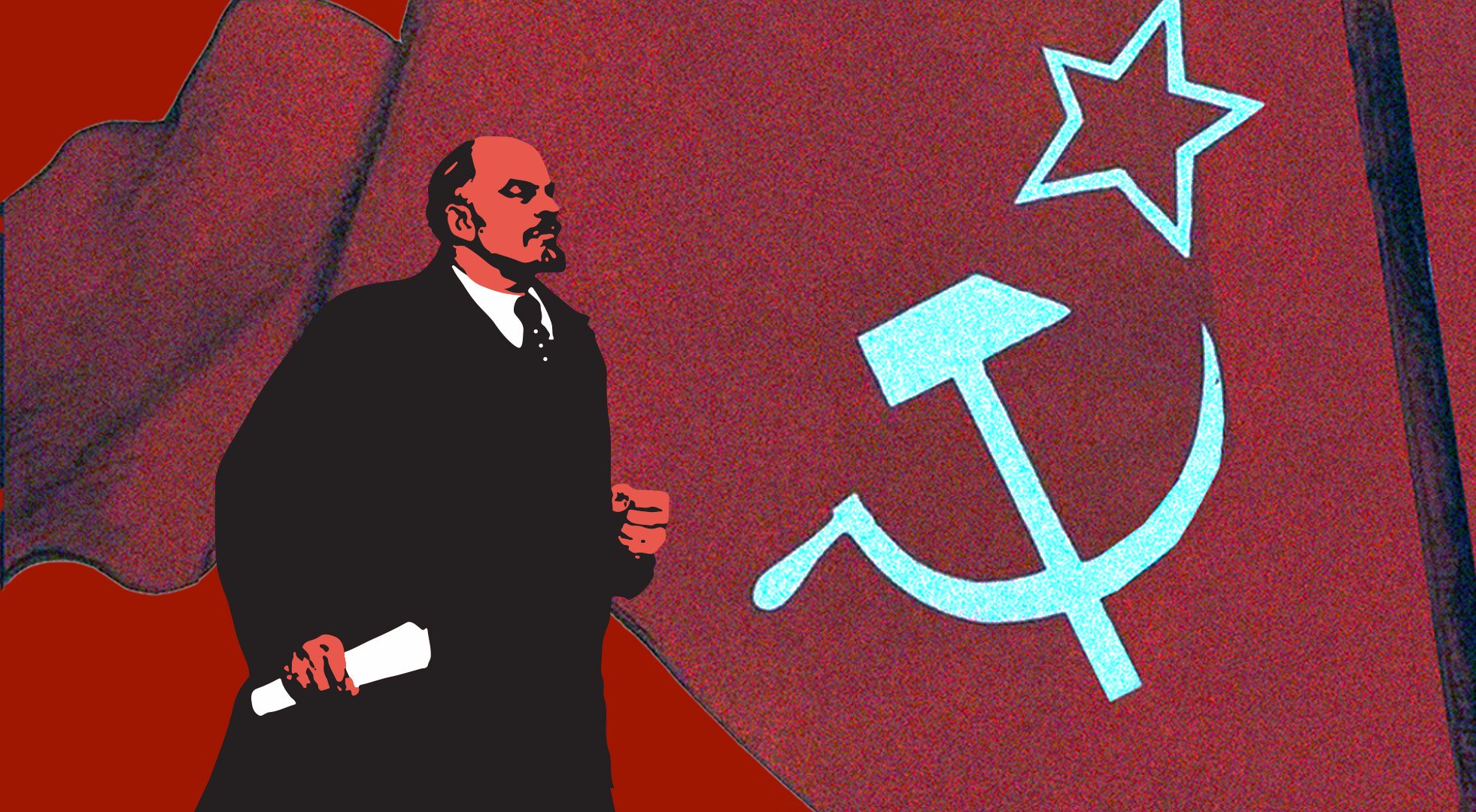
LENIN AND THE PATH TO REVOLUTION
Vladimir Illyich Ulynav, more commonly known as Lenin, is a well-loved revolutionary across countries and movements, whose name embodies the spirit of working-class internationalism.
Lenin and his successful leadership of the Bolsheviks not only proved the capacity of the proletariat to seize power but successfully established the first socialist state in 1917, demonstrating Marxism as a powerful and revolutionary force for the working class. A hundred years later, Lenin’s theories and strategies continue to illuminate the path forward for people and movements committed to building working class power, showing the necessary steps for achieving worldwide socialist revolution.
This course is a 3-part series of the life, and legacy of Lenin, the formation of Leninism, the revolutionary paths it generated across the world.
CLASS 1
Lenin, the Revolutionary
World War 1 was one of the deadliest wars in global history, resulting in an estimated 18 million people deaths. In the midst of the ravaging war, Lenin proclaimed that this war was not a war for the people, but rather that the Great Powers were waging “a war for the sake of the profits of the capitalists…out of the blood of the proletariat”. Through this, Lenin advanced the theory of revolutionary defeatism, calling for the working class to take advantage of the crisis at war time and to turn an imperialist war into a class war. 5 years later, the October Revolution, with the Bolsheviks and Lenin at the helm, was successful.CLASS 2
Third International and the Beginning of the Formation of Leninism
Following the success of the October Revolution, and embarking on the process of building socialism in post-war Russia, it became clear that socialism cannot solely exist in one country, but a socialist revolution was necessary in all parts of the world. Thus, the Third International, also known as the Communist International (COMINTERN) was formed in 1918 to aid international proletariat revolution, supporting movements from Vietnam, the U.S., South Africa and beyond. The principles of the COMINTERN, known as the Twenty-One conditions, placed a strong emphasis on anti-imperialism, centralized leadership, and internationalism, all tenets that shape Leninism as a political ideology that guides successful movements today.
CLASS 3
Leninism and the World
“Leninism is not only a miraculous “book of the wise”, a compass for us Vietnamese revolutionaries and people: it is also the radiant sun illuminating our path to final victory, to socialism and communism.” - Ho Chi Minh
Through the application of Marxism to suit the conditions in Russia, Lenin set the precedent for millions of revolutionaries, influencing movements in China, Cuba, Korea, Guinea-Bissau and beyond to smash the shackles of Western imperialism and build a workers’ state. Lenin’s insights helped clarify the necessary components of making a socialist revolution, proving to be crucial for revolutionaries across the world who are embedded in struggle. A century, Leninism continues to guide international working class movements, serving as a reminder that a “concrete analysis of a concrete situation” remains essential for revolution - a pivotal step along our ‘path to final victory’.



